
Fostering a Creative Environment: Display Children’s Creations
M
y son once drew a rocket in the hallway, his eyes gleaming with pride. I asked where we should hang it, and he pointed to the kitchen wall. That simple act of display lit a spark—more drawings followed, each more detailed than the last. He added astronauts, planets, and fiery boosters, narrating new space adventures with every sketch. When children see their work showcased, they feel seen. Just as café walls once held bold ideas in pencil and paint, your home can echo with the same affirmation. Display tells them: this matters.
Later, we framed one of his moon landings and brought it to a family gathering. He explained each shape with a steady voice, describing the launch and the gear, beaming at the attention. That experience—seeing his work noticed and hearing himself speak about it—helped him grow more confident. We began a routine: a rotating gallery on the fridge, a shelf for paper models, a photo album for projects too fragile to keep. Each display became a step toward presenting ideas clearly, taking pride in the process, and recognizing effort as something worth sharing.
You can foster this habit by giving your child a place to show their creations—a small corner, a bulletin board, even a digital slideshow. Let them choose what goes up, and ask, “What do you want people to notice?” Talk about the meaning behind their work. Praise what’s evolving, not just what’s finished. Over time, they’ll grow more comfortable sharing in class, joining group projects, or explaining their thinking—because they’ve already had practice showing the world what they’ve made, and why it matters.
Fostering a Creative Environment
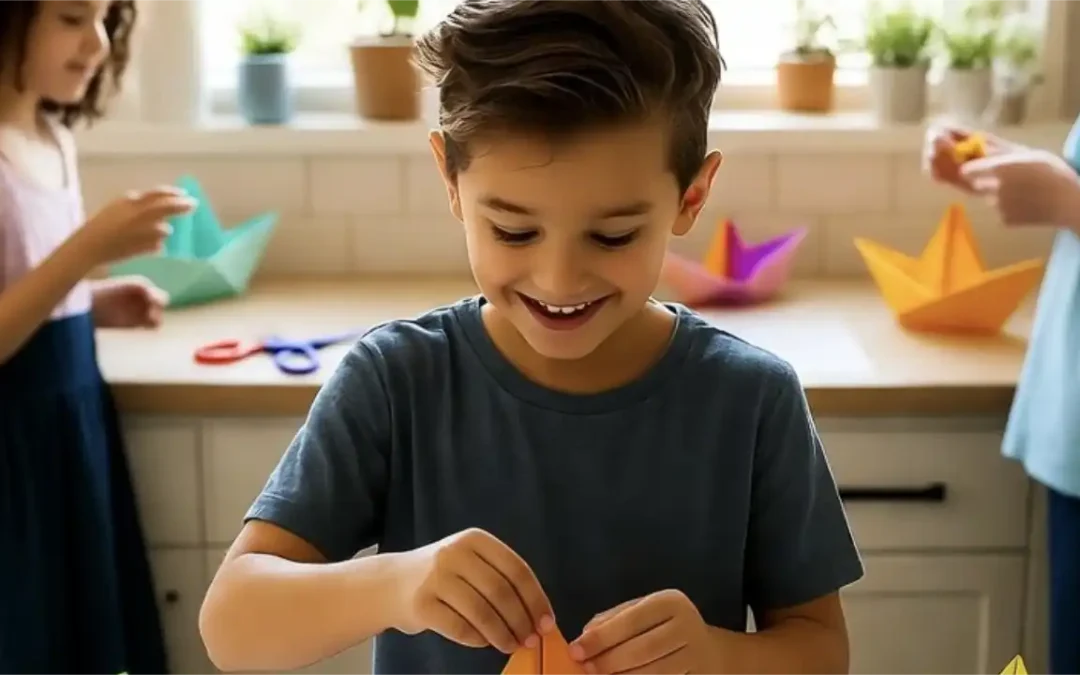
Fostering a Creative Environment: Blend Competition and Family Projects
Healthy competition can motivate without pressure. Learn how to balance teamwork and friendly challenge in creative family projects.

Fostering a Creative Environment: Clear a Space for Projects
A dedicated creative space invites focus and exploration. Learn how to design an environment that supports deep thinking and playful expression.
Table of contents

Primordial Soup for the Mind: Navigation
Navigate the book Primordial Soup for the Mind.
TIPS
- Put drawings or models where people can see them.
- Praise their projects to show you value their work.
- Change displays monthly.
- Ask “Where should this go?” to start ideas.
ACTIVITIES
- Display Set: Show a project. Ask, “Where should this go?” Talk for 10 minutes.
- Art Swap: Make a new project for display, share their ideas, 15 minutes.
EXAMPLE
My daughter hung a paper bird, saying, “It’s flying!” Her art started a crafting hobby.

Download “Primordial Soup for the Mind: A Parent’s Guide to Nurturing Intellectual Growth”
Enter your information to get this article and hundreds more as part of the FREE book Primordial Soup for the Mind.
Share your thoughts with the Thought Academy community in the Comments section below.

Sharpen those skills!
Enter your information to get our FREE practice exercises so you can hone your critical thinking and reasoning skills!

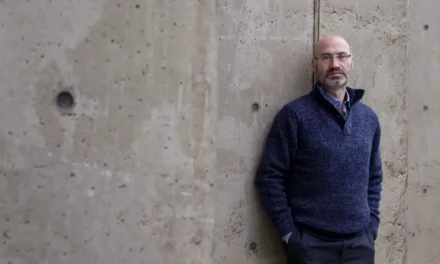


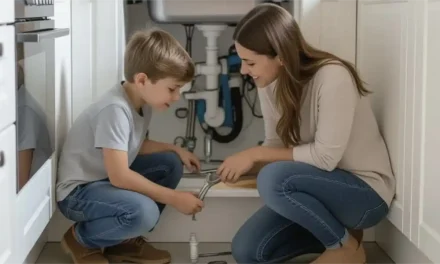
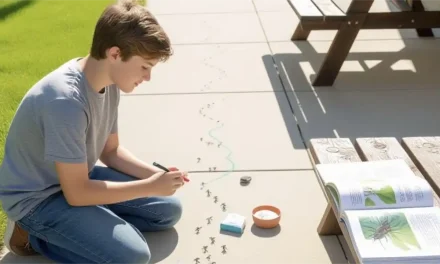
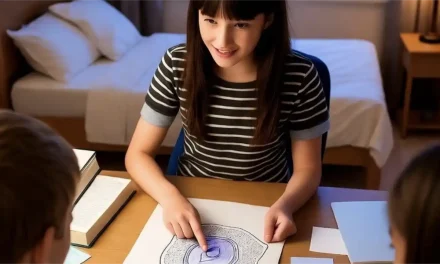
0 Comments